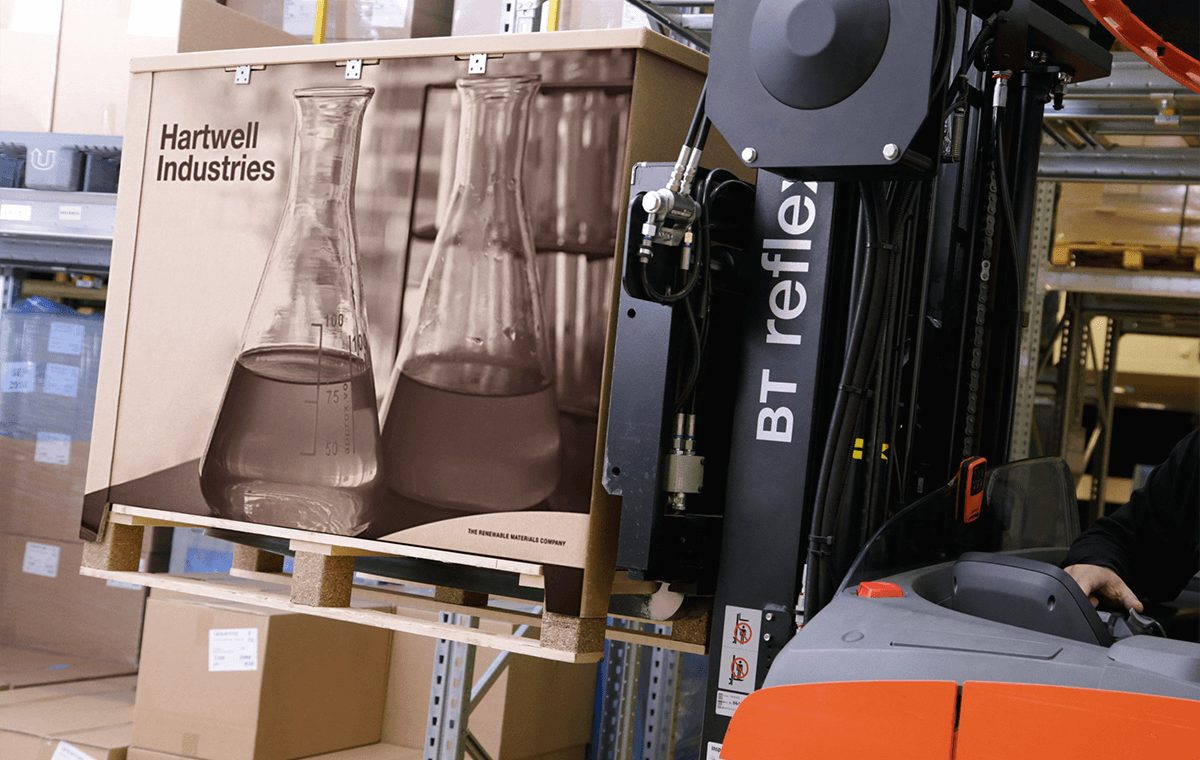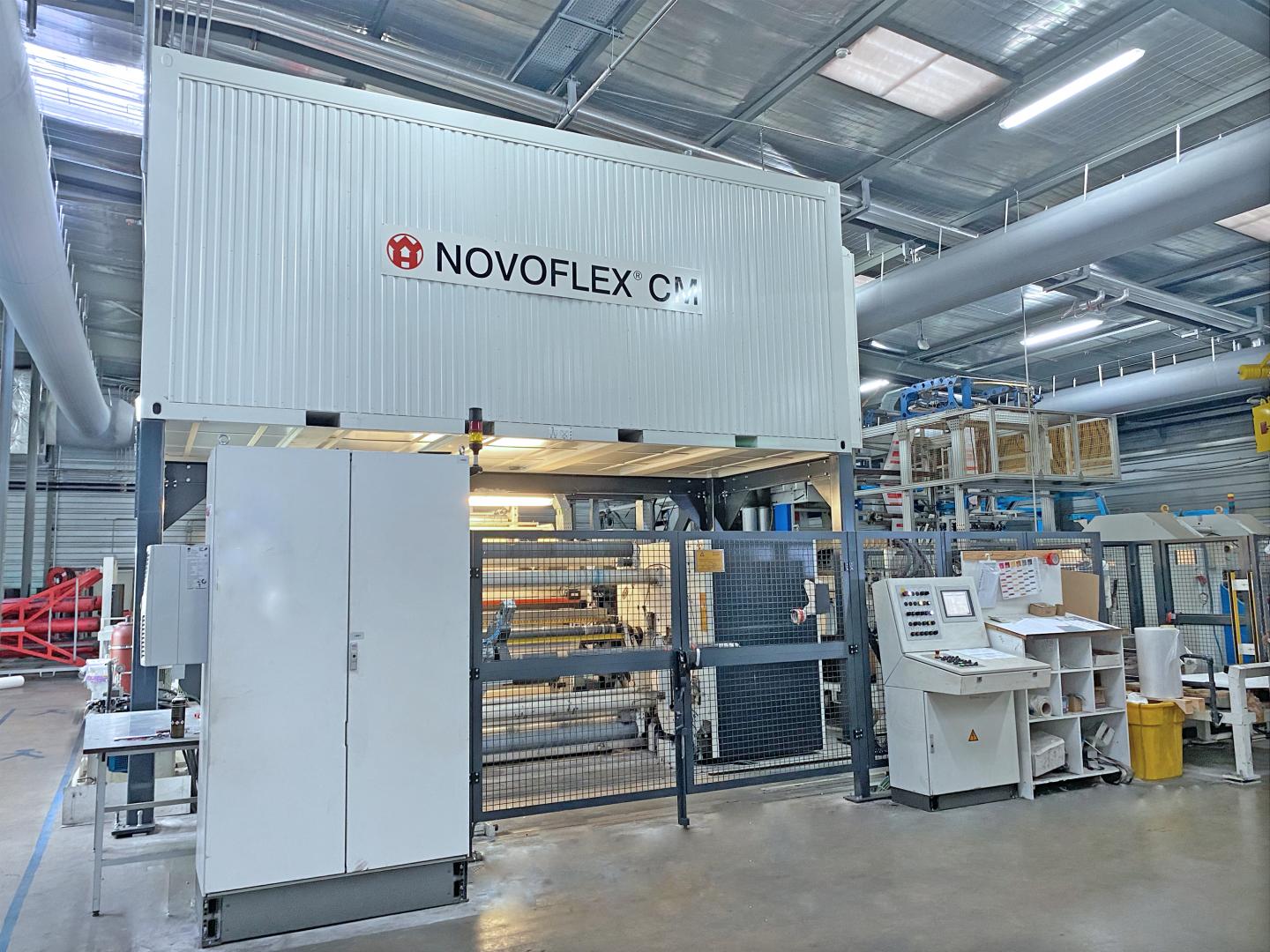Eco-Friendly Practices: Driving Change with Bulk Container Recycling
Eco-Friendly Practices: Driving Change with Bulk Container Recycling
Blog Article
Reliable Industrial Recycling Solutions for Lasting Packaging: A Comprehensive Guide
In today's increasingly environmentally-conscious world, the demand for sustainable product packaging remedies has never ever been greater. To fulfill this demand, companies across markets are proactively looking for reliable commercial recycling remedies. Navigating the complicated landscape of sustainable product packaging can be testing without a detailed overview. That's where this thorough overview on reliable commercial recycling options for sustainable packaging is available in. By exploring essential areas such as packaging product option, making for recyclability, implementing reusing framework, teaming up with reusing partners, and tracking and gauging reusing success, this guide will equip you with the expertise and devices needed to make educated decisions and drive favorable adjustment within your organization. Whether you're a packaging professional, sustainability supervisor, or merely curious about the topic, this guide will certainly give useful insights and strategies to aid you browse the globe of sustainable packaging.
Product Packaging Material Selection
The selection of packaging materials plays an important function in making certain the sustainability of industrial recycling solutions. The choice of products is vital in decreasing ecological influence and making best use of reusing performance when it comes to lasting packaging. Selecting the right products can aid lower waste generation, save resources, and promote a round economic situation.
Products like cardboard, paper, glass, and specific kinds of plastics can be recycled numerous times without losing their top quality. On the other hand, products that are challenging to reuse, such as blended plastics or non-recyclable compounds, can create difficulties for the reusing process and might end up in garbage dumps or burners.
Another consideration is making use of renewable and eco-friendly products. Packaging made from sustainable sources, such as plant-based plastics or biopolymers, can help in reducing dependence on fossil fuels and reduce environment change. Furthermore, naturally degradable products break down naturally gradually, reducing the build-up of waste in garbage dumps.
Furthermore, the weight and volume of packaging materials ought to be reduced to minimize transport prices and energy consumption. Lightweight materials not only need less sources throughout production but likewise add to reduce carbon exhausts throughout transportation.
Designing for Recyclability
In order to guarantee the recyclability of product packaging materials, thoughtful layout is vital. Creating for recyclability involves creating packaging that can be easily sorted, separated, and processed in recycling centers. One important aspect of designing for recyclability is the option of products. Product packaging developers must focus on using materials that are widely accepted for recycling and have actually developed reusing facilities. Materials such as glass, aluminum, and certain kinds of plastic, like pet dog and HDPE, are generally reused and must be liked over materials that are pricey or hard to reuse.
An additional critical factor to consider in developing for recyclability is the removal of unnecessary components or products. By reducing the variety of layers, finishes, and additional parts, packaging can be made less complex and much easier to recycle. Furthermore, designers must intend to minimize using mixed products, as they can make complex the recycling procedure.

Implementing Recycling Facilities
Reliable implementation of reusing framework is critical for the success of industrial recycling solutions. Without appropriate framework in position, the reusing procedure ends up being ineffective and inefficient, preventing the overall goal of sustainable packaging.
To implement recycling framework effectively, a number of crucial variables need to be thought about. There need to be a well-organized collection system that promotes the splitting up and collection of recyclable products. This can consist of designated reusing containers in public rooms, as well as partnerships with waste administration business for curbside pick-up and sorting.
As soon as accumulated, the recyclable products require to be transferred to recycling facilities in a timely way. This calls for reliable logistics and transport networks, making certain that the products get to the ideal centers without hold-up.
At the reusing centers, progressed sorting and handling modern technologies need to remain in area to divide various types of materials efficiently. This includes the use of automated sorting machines, optical scanners, and manual sorting strategies.
In addition, there need to be a durable market need for recycled materials. This can be achieved through collaborations with producers and industries that use recycled products in their manufacturing procedures. Producing a steady market for recycled materials incentivizes the recycling industry and advertises the round economic situation.
Working Together With Recycling Partners

One key facet of working together with recycling companions is the establishment of clear interaction this networks. It is essential to develop open lines of communication to facilitate the exchange of details, updates, and comments. This allows both celebrations to stay educated about the development of recycling campaigns and deal with any difficulties or issues that might arise.
In addition, collaboration can entail collaborations in implementing and creating recycling programs. Recycling companions can offer beneficial insights and advice in developing effective collection systems and identifying one of the most appropriate recycling innovations. By interacting, services and reusing partners can enhance the reusing process and reduce waste.
In addition, collaboration can expand past the operational elements of reusing. It can additionally encompass advocacy and education and learning campaigns. By joining forces, organizations and reusing partners can increase recognition regarding the relevance of recycling and promote the adoption of sustainable product packaging methods among customers and other stakeholders.
Tracking and Measuring Recycling Success
To make certain the effectiveness of industrial recycling options and the success of lasting product packaging objectives, it is important for services and their reusing companions to develop a thorough system for monitoring and gauging reusing success (processing company). Determining and tracking recycling success enables services to examine the effect of their recycling efforts, identify areas for improvement, and set meaningful targets for future progress
One means to track reusing success is via the usage of information collection and evaluation tools. By gathering data on the amount of product packaging waste created, the percent of waste that is reused, and the types of materials being reused, organizations can obtain useful understandings into their recycling efficiency. This data can then be analyzed to recognize fads, patterns, and locations of ineffectiveness.
One more crucial element of tracking and gauging reusing success is establishing standard and clear metrics. This enables companies to contrast their performance versus market benchmarks and track their progress with time. Metrics such as recycling rates, waste diversion prices, and greenhouse gas discharges can offer a measurable procedure of a service's recycling success.

Conclusion
To conclude, executing reliable commercial recycling remedies for lasting product packaging needs cautious factor to click for source consider of product packaging material option, designing for recyclability, applying recycling facilities, teaming up with reusing partners, and monitoring and measuring reusing success. By incorporating these methods, companies can contribute to a much more environmentally-friendly and sustainable strategy to packaging, minimizing waste and advertising the round economy.
By discovering vital areas such as packaging product option, developing for recyclability, applying reusing framework, working together with recycling companions, and tracking and gauging recycling success, this overview will equip you with the knowledge and tools required to make educated decisions and drive positive adjustment within your organization. Packaging designers should prioritize the usage of products that are extensively approved for reusing and have developed recycling frameworks.Collaboration with recycling partners is crucial for the successful implementation of commercial recycling services and the achievement of sustainable product packaging objectives. By joining forces, organizations and reusing companions can raise recognition regarding the relevance of recycling and advertise the fostering of sustainable product packaging practices amongst customers and other stakeholders.
By accumulating information on the amount of product packaging waste generated, the portion of waste that is reused, and the types of materials being reused, businesses can acquire valuable insights right into their recycling performance.
Report this page